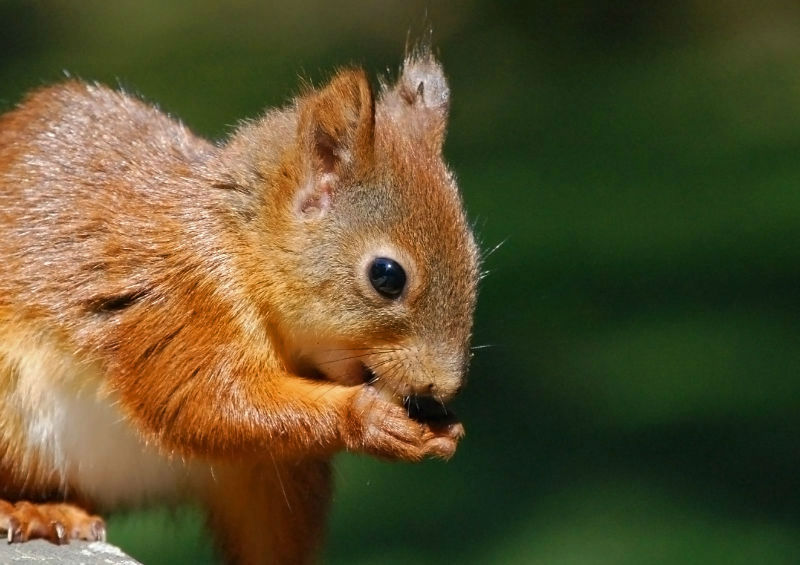by Clark DeYoung | Oct 10, 2017 | Fire Safety
Did you know that as CSIA-certified chimney sweeps, we at the Chimney Care Co. are charged with educating our customers about fireplace safety? We take that charge seriously, that’s why we’re taking the time to honor National Fire Prevention Week, which runs Oct. 4...
by Clark DeYoung | Jan 20, 2017 | Fire Safety
Your fireplace helps you to keep your home warm and cozy all winter long. But the knowledge that fireplaces also can be a fire hazard can leave you feeling anything but cozy. You can implement fireplace safety tips to reduce fireplace hazards and enjoy your fireplace...
by Clark DeYoung | Aug 25, 2015 | Chimney Sweep
There are certain dangers in operating your fireplace without having it cleaned and inspected annually.
by Clark DeYoung | Feb 25, 2015 | Fireplace Operation
One of my favorite things about the cooler months of the year is spending time next to a warm, cozy fire. The crackling wood and radiant heat just soothe my innards like nothing else ever has. Question: What’s more romantic that snuggling up with your significant...

by Clark DeYoung | Jan 11, 2015 | Chimney Sweep
We may be partially through winter already, but there’s a lot left to go. Children around the world spent the first portion picturing Santa Claus coming down their chimneys; many of them could now be wondering if it’s possible for anything else to come down them as...

